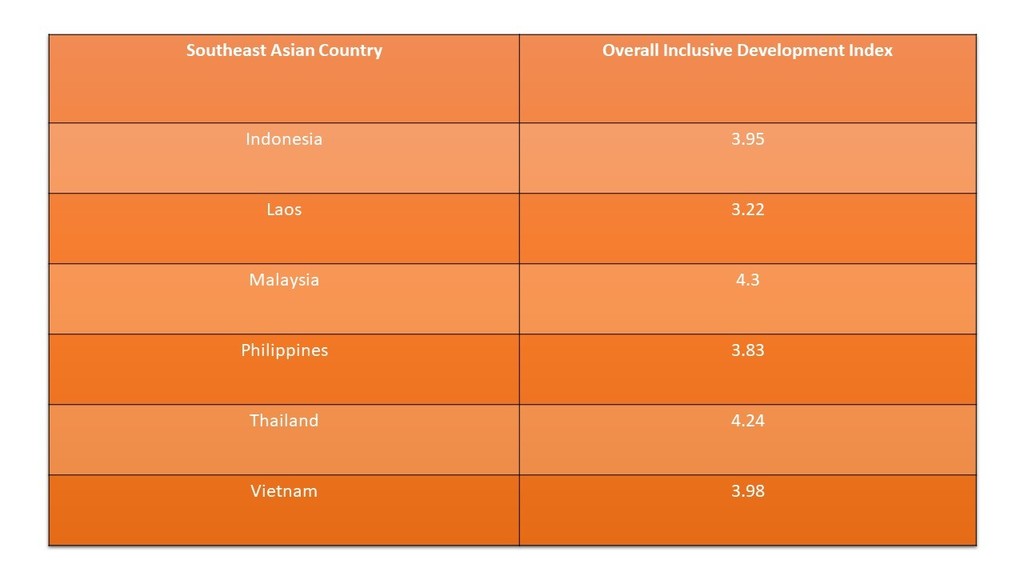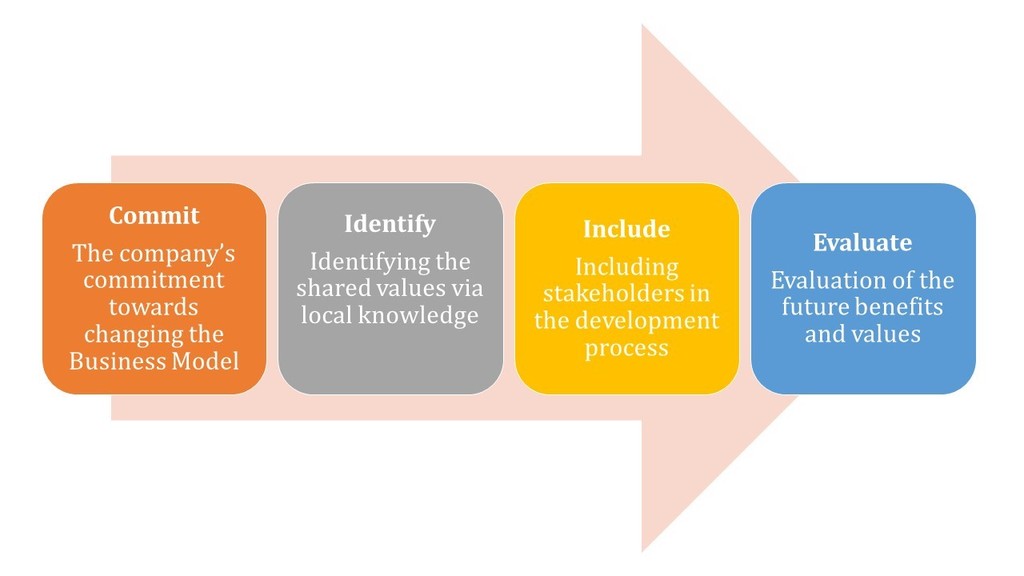An inclusive culture ensures better financial performance, innovation, getting and retaining resources, and improved customer relationships

A business that is inclusive or sustainable provides benefits to those belonging to the low-income communities. These business models contribute towards poverty-reduction by including the low-income groups in the business as consumers or producers.
While the number of Inclusive Business (IB) Models are on the rise in South Asia, very few countries in Southeast Asia have built better enabling inclusive ecosystem in partnerships between investors, businesses, and the government.
Inclusive Business Model in Southeast Asia
Even though South Asia is leading in profitable and innovative IB models, Southeast Asia is currently leaning more towards CSR and social enterprise. However, the knowledge and investment for contribution to an IB model is increasing across sectors.
The Numbers Game
According to Welcome Economic Forum Inclusive Growth & Development repor:

These rankings are from 1 to 7, with 1 being the worst and 7 being the best
According to these ratings, Malaysia leads among the reported Southeast Asian countries, but it still falls a little behind Lithuania, with a top score of 4.8, among emerging countries.
It is evident from these numbers, that Southeast Asian countries still have a long way to go as far as inclusive development is concerned. There have been improvements, and there is a lot of potential for the future as well.
Factors for Implementation
The major factors responsible for implementation of an Inclusive Business Model are:
- Committing
- Identifying
- Inclusion, and
- Evaluation.
This is the basic guideline that businesses in Southeast Asia need to work along for making the economic environment more inclusive.

Source: Intech
Failure in Southeast Asia & Reasons
Some typical and some unique problems associated with a standard Inclusive Business model are applicable in the case of Southeast Asian countries.
Problems like high cost of last mile distribution, unfamiliar behaviour pattern of the poor, an informal market, investment risks, and affordability & distribution barrier, are some of the typical problems that exist in South Asian countries.
Also read: Social entrepreneurship is key to sustainable and inclusive growth in Asia
Additionally, in Southeast Asian countries, factors like high risk aversion, absence of leading-an-innovation culture, and CSR activities by private sectors to care for the poor are expected to be delivered by the government. The inspiring career story of Mrs. Shobhika Puri gives an insight to how women in the freelance community get typically stereotyped.
It is because of these factors, implementation of an Inclusive Business Model in the Southeast Asian countries is being more challenging than in other regions.
The Need for an Inclusive Business Model in Southeast Asia
An inclusive business allows cooperation between the government and the private sector for the improvement of lives and economic growth. Even today, a large fraction of the total ASEAN population falls under the category of “poor”. This creates a great opportunity for companies in Southeast Asia, with an inclusive business model.
With an inclusive business, contributions can be made towards a sustainable economic growth by providing affordable good and services, and income opportunities to low-income groups. This business model goes above and beyond the traditional approach of CSR activities, through integration of the poor in the business. This integration may be done in the form of suppliers, distributors, retailers, and consumers.
The opportunity window and the potential of benefits, both the factors make it necessary for Southeast Asian countries to make their businesses inclusive today.
Conclusion
Companies that promote an inclusive culture perform better than those who don’t. Such companies also become equipped to meet the needs of an ever-increasing and diverse customer base. An inclusive culture ensures better financial performance, innovation, getting and retaining resources, and improved customer relationships.
All Southeast Asian countries need to, and have the potential to do more in the case of making their businesses inclusive.
An increasing access to financial resources, information, and financial incentives are the initiatives the Southeast Asian countries must take to promote Inclusive Business investments in the economic environment and avail the long-term benefits that come with it.
Currently, inclusive business companies have made the highest impact on the agribusiness sector in the Southeast Asian countries.
—-
Editor’s note: e27 publishes relevant guest contributions from the community. Share your honest opinions and expert knowledge by submitting your content here.
Featured Image Copyright: alexbrylov / 123RF Stock Photo
The post Southeast Asian businesses need to be more inclusive appeared first on e27.